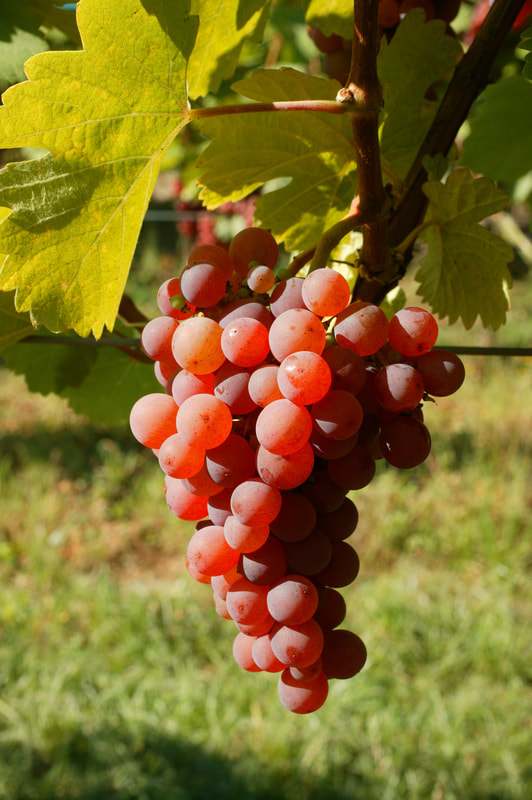Gewürztraminer
Gewurztraminer is misunderstood, and not just because it’s hard to pronounce. This aromatic grape is high in alcohol and low in acid, making it the opposite of what people look for in a white wine. It can also easily produce a wine with lots of sugar, little acid and no complexity, resulting in a terrible wine. Yet, there are exceptional examples that reward both the winemaker and the wine drinker with a unique bouquet of lychee, rose, peach, and ginger.
Common Synonyms:
TTB-approved prime name: Gewurztraminer
Traminer, Rotclevner, Rousselet, Frenscher, Edeltraube
Colloquially known as Gewürz
Traminer, Rotclevner, Rousselet, Frenscher, Edeltraube
Colloquially known as Gewürz

